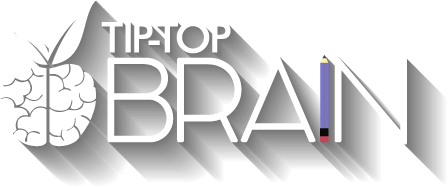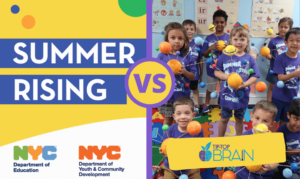Many parents have asked themselves, does my child have Attention-Deficit Hyperactivity Disorder, or ADHD? However, when parents aren’t sure what to look for and aren’t familiar with signs of ADHD in kids, it’s possible students can struggle for years. Trickily, children often display many of the common signs of ADHD in school and out, which is entirely normal. Ultimately, it is the combination of numerous symptoms and adverse effects on success at school and relationships that should raise a red flag. That said, only a trained professional can identify and diagnose ADHD, and this post is meant only to help parents know when to seek guidance.
ADHD often presents differently in younger children than it does older, so the slew of signs you are looking for will vary. Of course, ADHD in kids looks vastly different from ADHD in adults. Moreover, a child with ADHD in school might present wildly different signs of ADHD than they do at home.
1. Interrupting
Younger children especially are likely to have trouble controlling their impulses to interrupt. In the classroom, this could look like calling out or speaking over classmates, but recess and playtime take on a different look. A child with ADHD may “interrupt,” by going out of turn when playing a game, or suddenly crashing games they weren’t partaking in.
2. Outburst
ADHD in kids can make moderating emotions exceptionally challenging. As a result, a child with ADHD may have sudden outbursts in class or at home. Often time, these outbursts are due to overwhelming anger or frustration.
3. Fidgeting
Although perhaps one of the most cliche signs of ADHD, it is very widely experienced by young learners dealing with ADHD in school. Fidgeting is a consequence of the hyperactivity component of ADHD. For students struggling with ADHD in school, sitting still can feel like an impossibility, and squirming, fidgeting, and bouncing are common responses amongst students with ADHD when asked to sit.
4. Unfinished tasks
A child with ADHD may display lots of excitement and curiosity towards a host of activities. However, for students with ADHD following through tasks can be extremely difficult. When tasked with a long to-do list, children struggling with ADHD may hop around from task to task, becoming distracted, and getting little done. Difficulty focusing can make following through on the mundane aspects of school or chores unappealing when more attention-grabbing activities are available.
5. Disorientation
For children with ADHD, managing a mental “To-Do list” can be an uphill battle. Due to the difficulty many children with ADHD have focusing, remembering test and due dates requires very deliberate effort. More broadly, this could present as disorganization, as a result of challenges planning and following through with tasks.
6. Others have noticed
Oftentimes, signs of ADHD are easiest to recognize in the school setting, making it difficult for parents to see the signs. ADHD can greatly interfere with tasks in the classroom, as well as behavior in school. Consequently, teachers and tutors may be more likely to notice signs of ADHD in kids while teaching them. Learning centers with staff experienced in coping with ADHD in school, like those at Tip-Top Brain, make it a point to document and relay concerns and insights to parents regularly.
As children get older, lots of things change, all the way from their appearance to subtle signs of ADHD. An older child with ADHD may display trouble focusing on schoolwork and assignments, or reading social cues. Although the consequences of in-school problems may be more apparent than the cause, at home, there are plenty of signs parents can look out for. An older child with ADHD might have trouble managing time, maintaining personal hygiene, or helping out with chores at home. No one sign or even signs of ADHD means your child has ADHD, but a long-standing history of numerous signs may be worth exploring. Which of these sounds familiar to you?







